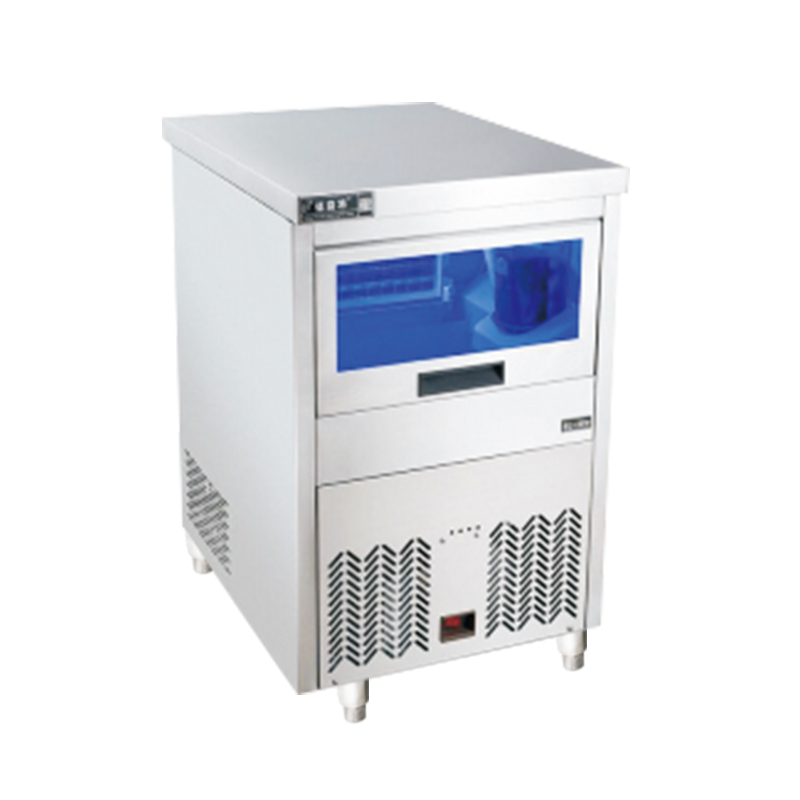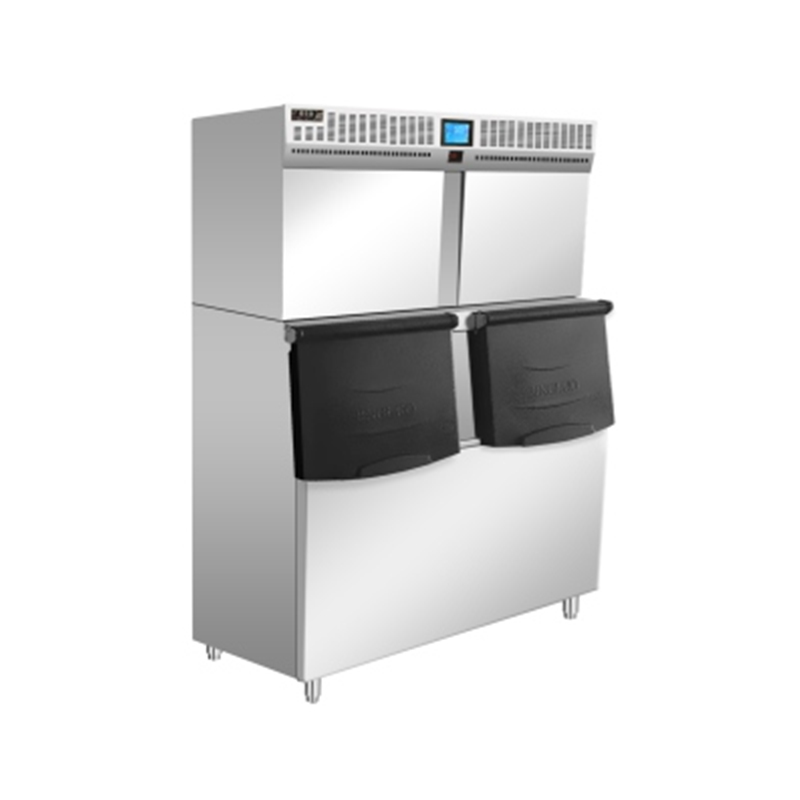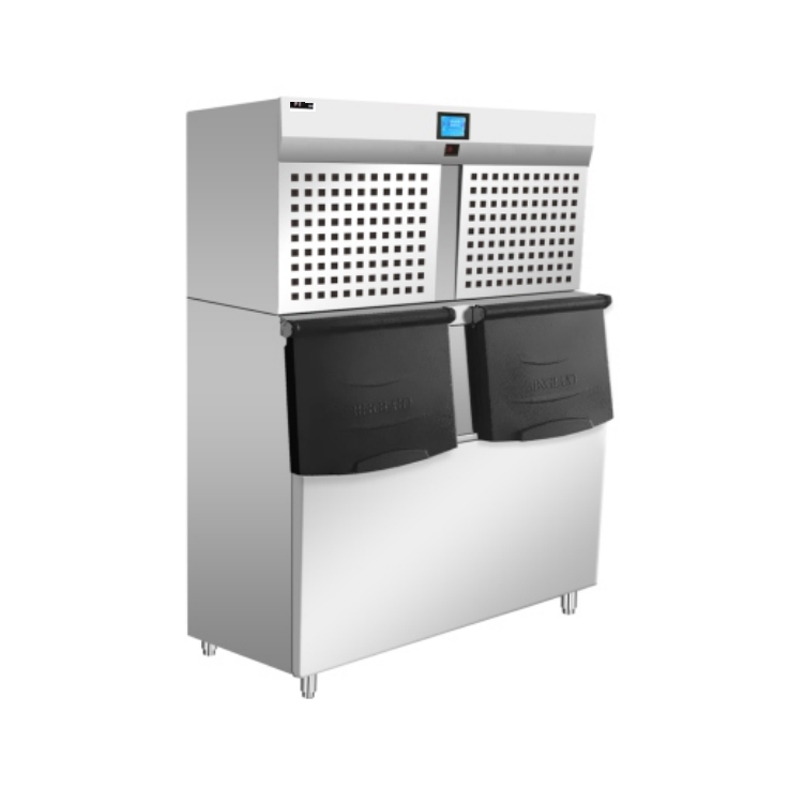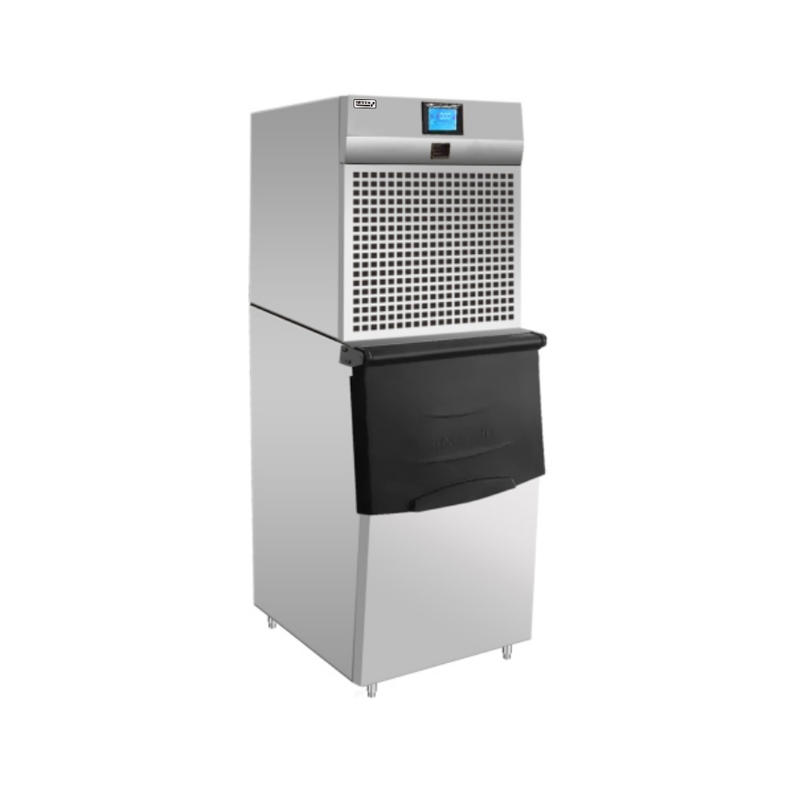2025-07-03
Why is my ice machine not making ice?
An ice machine that's not making ice can be a real headache, especially when you're relying on it for entertaining, commercial use, or just to keep your drinks cool. Several issues, ranging from simple fixes to more complex internal problems, can prevent your machine from producing that much-needed ice.
Common Reasons Your Ice Machine Isn't Making Ice
1. No Water Supply or Low Water Pressure
This is perhaps the most fundamental issue. An ice machine needs a constant supply of water to operate.
-
Kinked or Closed Water Line: Check the water supply line connected to your ice machine. It might be kinked, preventing water flow, or the shut-off valve might be closed.
-
Low Water Pressure: If the water pressure in your home or establishment is too low, the ice machine might not be able to draw enough water to begin the ice-making cycle. This can be a building-wide issue or specific to the line supplying the machine.
-
Clogged Water Inlet Valve: Over time, sediment or mineral deposits can clog the water inlet valve, restricting or completely blocking water flow.
2. Temperature Issues
The ambient temperature and the temperature within the machine itself play a crucial role in ice production.
-
High Ambient Temperature: If the room where your ice machine is located is too hot, the machine will struggle to cool down sufficiently to freeze water, leading to little or no ice production.
-
Thermostat Malfunction: A faulty thermostat might not be accurately reading the temperature, causing the machine to not initiate the cooling cycle.
-
Refrigerant Leak or Low Refrigerant: The refrigerant is what cools the evaporator plate to freeze the water. If there's a leak or the refrigerant level is low, the machine won't get cold enough to make ice. This often requires a professional technician.
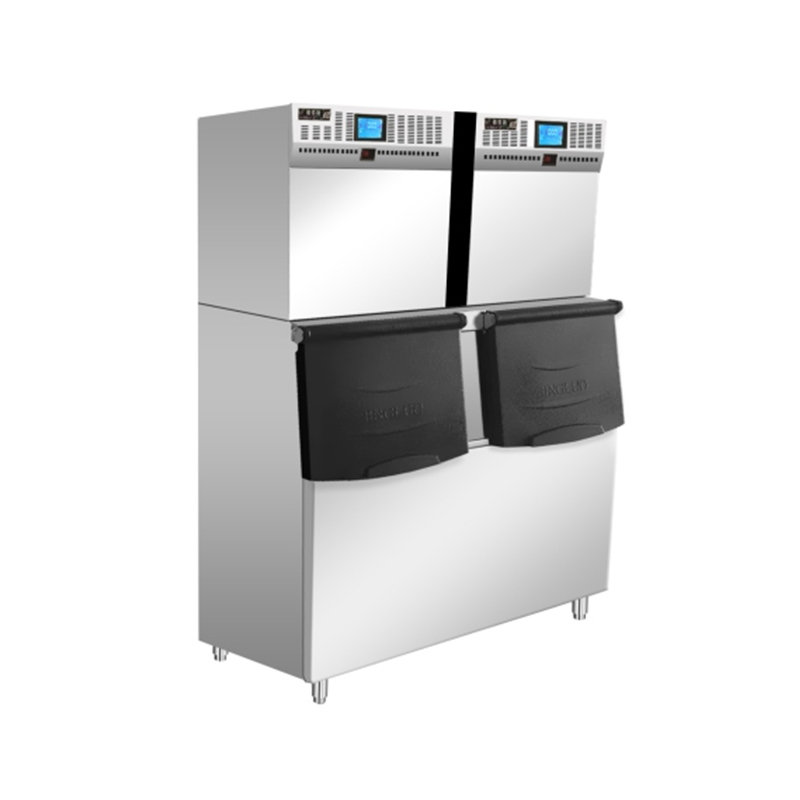
3. Clogged or Dirty Components
Maintenance is key for ice machines. Neglecting to clean certain parts can significantly hinder performance.
-
Dirty Condenser Coils: The condenser coils dissipate heat from the refrigeration system. If they are covered in dust, dirt, or grease, the machine will overheat and become inefficient, leading to reduced ice production or no production at all.
-
Clogged Water Filter: Many ice machines have a water filter to remove impurities. A clogged filter will restrict water flow, similar to a kinked water line.
-
Mineral Buildup (Scale): Hard water can lead to mineral buildup (scale) on the evaporator plate and other water-carrying components. This insulates the evaporator, preventing efficient heat transfer and ice formation. Regular descaling is essential.
4. Mechanical or Electrical Failures
More complex issues often point to a component malfunction.
-
Faulty Water Pump: The water pump circulates water over the evaporator plate. If it fails, water won't reach the freezing surface.
-
Broken Fan Motor: The fan motor helps cool the condenser coils. If it's not working, the machine will overheat.
-
Defective Control Board: The control board is the "brain" of the ice machine, managing all its functions. A malfunctioning board can lead to various issues, including not initiating the ice-making cycle.
-
Malfunctioning Harvest Assist/Hot Gas Valve: Once ice cubes are formed, the machine goes into a "harvest cycle" where hot gas is used to slightly warm the evaporator, allowing the ice to drop. If this mechanism fails, the ice cubes will remain stuck to the evaporator plate.
-
Sensor Problems: Ice machines use various sensors (e.g., water level sensor, ice thickness sensor). If any of these are faulty, the machine might not progress through its cycles correctly.
5. Drainage Issues
While not directly preventing ice formation, drainage problems can cause the machine to shut down.
-
Clogged Drain Line: If the melted ice or excess water cannot drain properly, it can back up and trigger safety sensors, shutting down the machine.
Troubleshooting Your Ice Machine
Before calling a professional, consider these troubleshooting steps:
-
Check Water Supply: Ensure the water valve is open and the line isn't kinked.
-
Clean the Condenser Coils: Use a vacuum cleaner or brush to remove dust and debris.
-
Replace Water Filter: If your machine has one, replace it according to the manufacturer's recommendations.
-
Check Ambient Temperature: Make sure the machine isn't in an excessively hot environment.
-
Listen for Sounds: Pay attention to whether the compressor is running, the fan is spinning, or the water pump is operating. These sounds can provide clues.
-
Consult the Manual: Your ice machine's owner's manual often has a troubleshooting section that can help diagnose common problems specific to your model.
When to Call a Professional
If you've gone through the basic troubleshooting steps and your ice machine is still not producing ice, it's likely time to call a qualified appliance technician. Issues involving refrigerant, electrical components, or complex mechanical failures are best left to experts who have the tools and knowledge to safely diagnose and repair the problem. Regular professional maintenance can also prevent many of these issues from occurring in the first place, ensuring your ice machine runs efficiently for years to come.

 English
English русский
русский Español
Español عربى
عربى